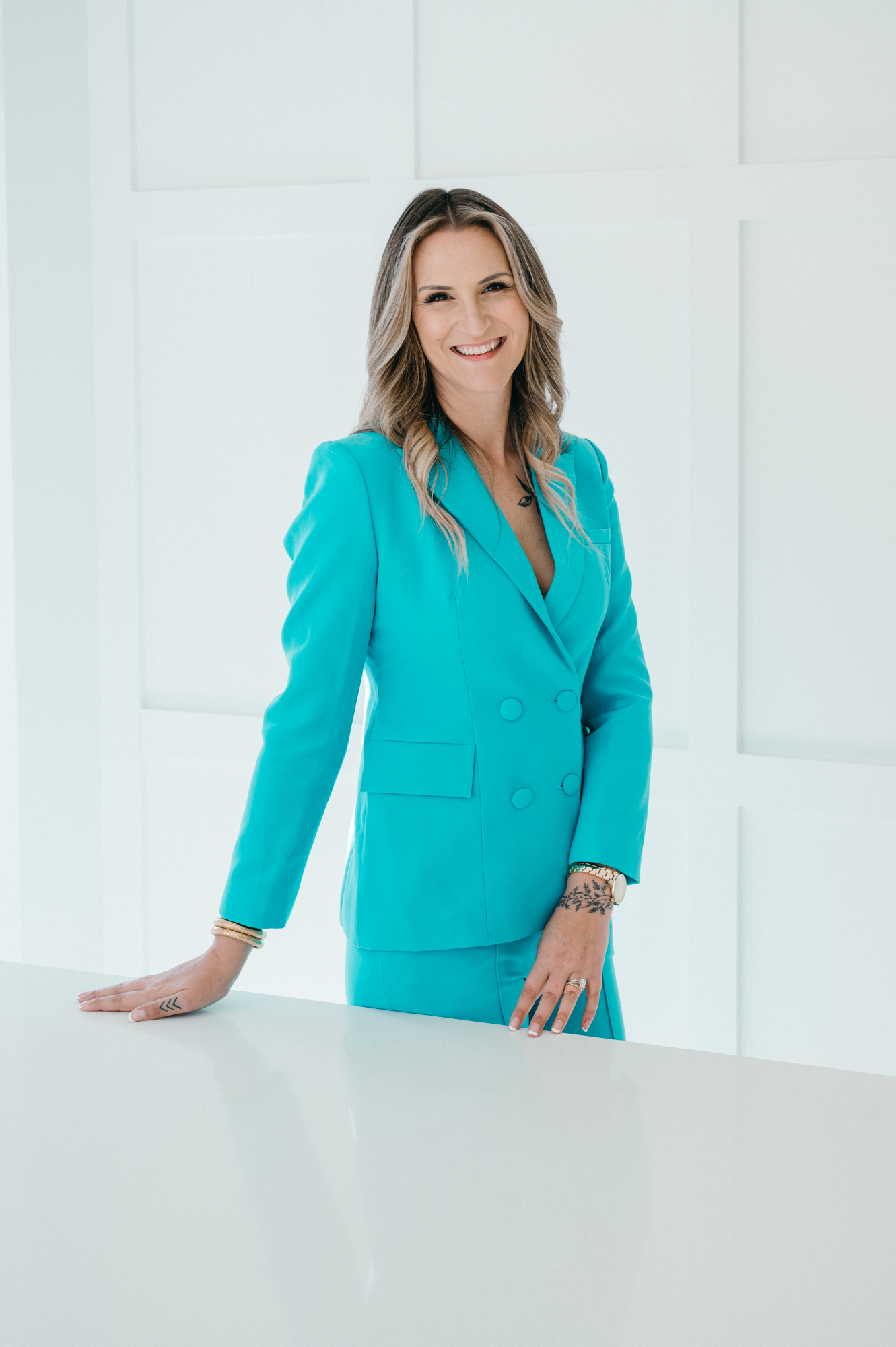74. How to Attract Clients Using Pinterest (Without the Social Media Burnout)

Pinterest Isn’t Social Media. It’s a Search Engine.
Let’s get this straight: Pinterest is not another Instagram or TikTok. It’s not about going viral. It’s about being found—by the right people, at the right time.
Dana Johnson, founder of Dana’s Desk, built her Pinterest-based marketing agency after pivoting from the wedding industry. She knows firsthand how powerful this visual search engine can be for creative service providers—especially photographers, designers, and wedding pros.
In her conversation with Nata Salvatori on the Accidental CEO Podcast, Dana dropped serious strategy for anyone ready to stop chasing trends and start attracting clients with content that works long after it’s published.

Why Pinterest Works for Creative Businesses
Pinterest is where people go to plan. Weddings, parties, businesses, home renos—you name it. And where there’s planning, there’s intent.
Your future clients are already there searching for ideas, inspiration, and solutions. If your business isn’t showing up in those searches, you’re missing a huge opportunity.
Key Pinterest Advantages:
- Long content shelf life — A good pin can drive traffic for months, not minutes.
- Search-based discovery — It’s all about keywords, not follower count.
- Ideal for service providers — Especially those who rely on visuals to market their work.
Step One: Reverse Engineer Client Needs
Don’t start with what you want to promote. Start with what your clients are already looking for.
“You want to identify client needs and analyze your service experience to understand the common challenges a potential client would face,” Dana explains.
For service providers, that might look like:
- A blog post that answers a common pre-booking question.
- A gallery that walks through a full project or service.
- A visual that shows behind-the-scenes or client results.
If you’re a product-based business, your goal is different: Help your audience see how your product supports or enhances their life.
Step Two: Optimize Your Profile (No, Really)
Your profile is your homepage. Keywords matter everywhere—your name, bio, boards, pin descriptions.
“Pinterest reads your bio and boards like blog categories—it wants context,” Dana says.
Use language your ideal client would search for. Swap “wedding magician” for “Los Angeles wedding entertainment” and suddenly, you’re visible.
Step Three: Create Multiple Pins for Each Piece of Content
That blog post you wrote? Don’t pin it once and call it a day. Make multiple graphics. Try different headlines. Change the visuals. This isn’t repetition—it’s strategy.
Dana recommends creating at least 3–5 pins per piece of content. This gives the algorithm more to work with, and your audience more chances to find you.

Step Four: Systematize and Schedule
You don’t need to spend all day pinning.
- Dedicate one hour a week to batch your content
- Use tools like Tailwind to schedule pins ahead of time
- Automate repins of your top-performing content
When it’s part of your routine (not your whole job), Pinterest becomes a quiet, consistent driver of traffic.
“Creating systems and automation can help balance work and personal life,” Dana notes. “Delegate and outsource what you can.”
New Pinterest Features You Should Be Using
Pinterest isn’t static. Dana is big on leveraging its newest tools:
- Instagram Sync: Link your Instagram to Pinterest so your content cross-publishes.
- Direct Links: Send users straight to your product or booking page.
More visibility, less effort.
Final Thoughts: Done > Perfect
You don’t need to be a Pinterest pro to start. You just need to start.
Dana’s advice? Celebrate progress. Focus on consistency. And remember that the pins you create today are working for your business tomorrow, next week, and next quarter.
SUBSCRIBE ON YOUR FAVORITE PODCAST PLAYER


